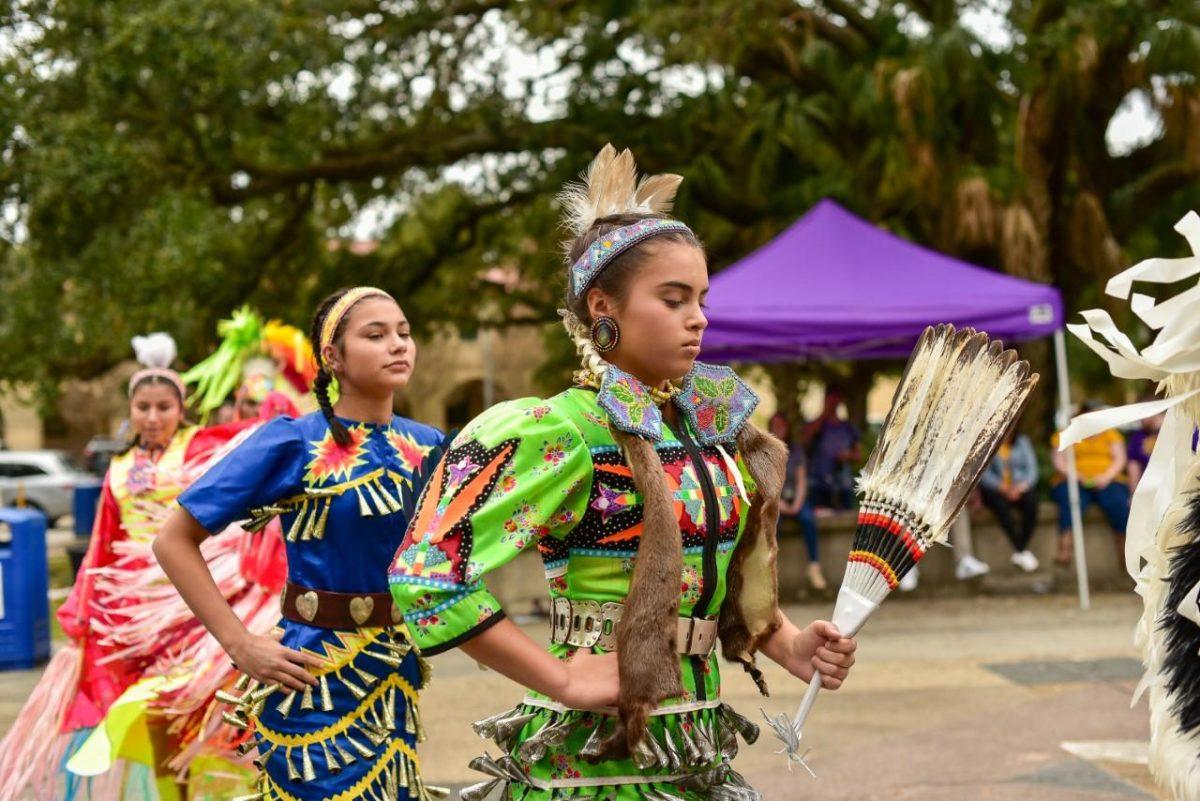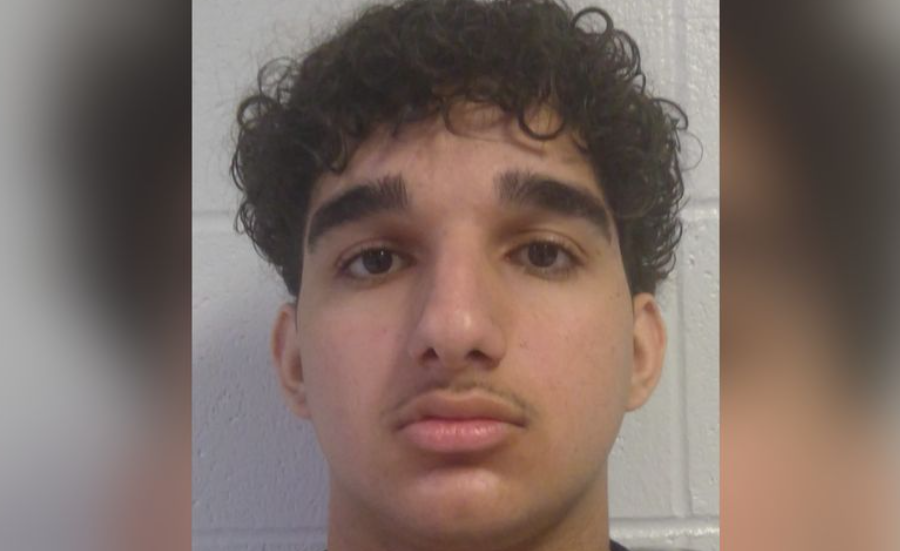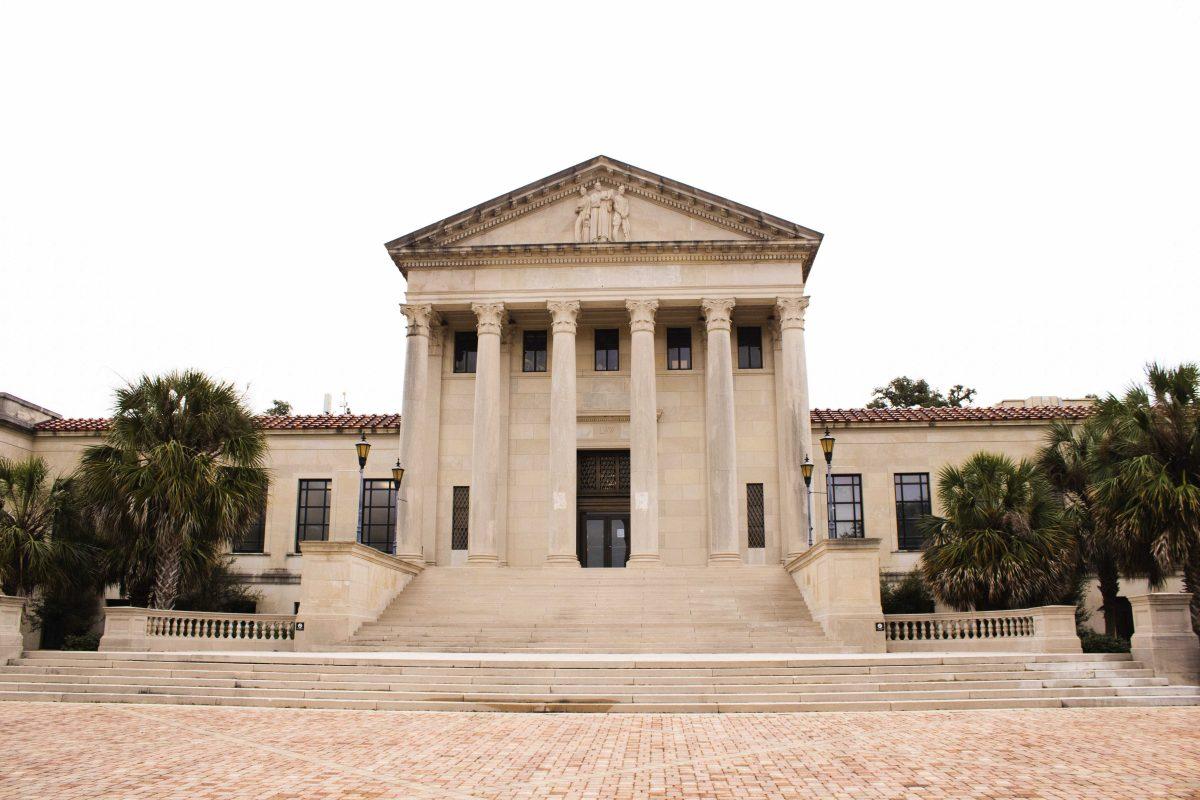LSU’s Native American Student Organization is aiming to increase the University’s awareness and appreciation of Native American culture on campus, beginning by planning a return of the organization’s annual powwow.
Communication disorders junior and NASO President Shea Ferguson said powwows are important in terms of spirituality and camaraderie for Native American tribes.
“A powwow is a time for Native American dance and culture exchange,” Ferguson said. “You would typically have a circular dance pattern, and in the middle there’s drummers and singers.”
Native Americans make up less than 1% of the University’s undergraduate student population. There are just 102 American Indian and Alaskan Native undergraduate students at the University, according to the 2019 LSU Fall Facts.
“It’s very underrepresented, but I will tell you that Native American students are typically first-generation students,” Ferguson said.
Ferguson also said several of the first-generation students grew up on reservations, which she described as “insular.” She said transitioning to a diverse college campus can be difficult due to the way these students were raised.
The last NASO powwow was in 2014. However, after many of the organization’s members graduated, NASO lost traction at the University.
“There aren’t enough records to say what happened,” Ferguson said. “I just know that I’m here now, so I’m going to try to get it back.”
Over the past few semesters, Ferguson and other NASO officers have made a concerted effort to shed light on the prominent history of Native American culture and the omnipresent foothold it has on the state of Louisiana.
Ferguson also said the Student Senate has shown interest in the powwow’s return, and could be a key resource in obtaining funding and even local business sponsorships for the event.
“We do think that people will support us,” Ferguson said. “We just have to make enough noise.”
NASO’s efforts come at an exciting time for the University and its Native
American history. Recent studies conducted by the LSU Geology Department suggest that the Indian Mounds on the corner of Cypress and Field House Drive could be the oldest manmade structures in the world.
Following the release of this groundbreaking research, NASO submitted a Letter to the Editor of the Reveille that discussed its plans to work with the University to preserve the Indian Mounds.
“NASO has been attempting to put together, in partnership with the school, [better security for the Indian Mounds], but this can only get done with awareness and involvement,” the statement said. “NASO needs more recognition and acknowledgement from the school so we can get the security for the mounds that they deserve.”
NASO intends to host the powwow in April. The organization has received support from the LSU Agricultural College to find a location for the event. Ferguson hopes that revitalizing this practice on campus will provide the entire student body with a glimpse into the beautiful and storied history of Native Americans who have called Louisiana home for so long.
NASO will hold an informational meeting open to all who are interested on Monday, Feb. 17 in the Office of Multicultural Affairs on the third floor of the LSU Student Union.
LSU Native American Student Organization to bring back powwow, increase awareness of Native American culture
February 9, 2020
Native American Student Organization members perform a traditional dance on LSU’s campus.







